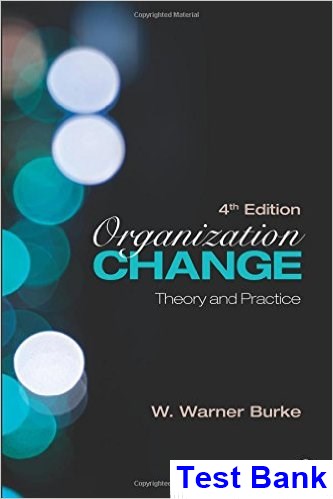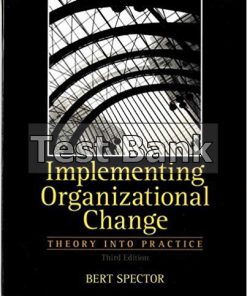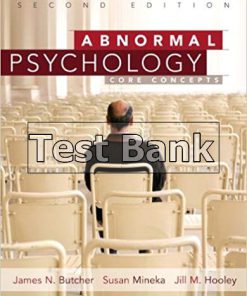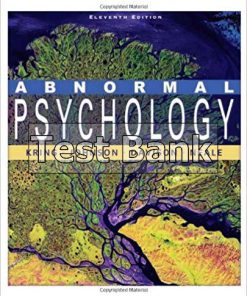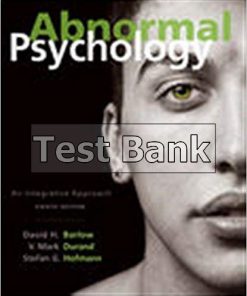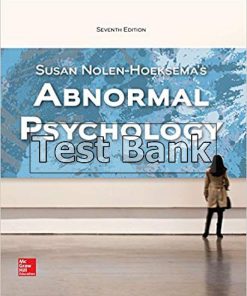| Introduction to the Series |
xi |
|
Preface |
xiii |
|
Acknowledgments |
xvii |
| 1. |
Rethinking Organization Change |
1 |
|
The Paradox of Planned Organization Change |
2 |
|
Making the Case for Organization Change |
4 |
|
Changing Corporations |
4 |
|
Changing Government Agencies |
6 |
|
Changing Higher Education Institutions and Nonprofit Organizations |
7 |
|
Summary |
9 |
|
Personal Declarations and Points of View |
10 |
|
The Metaphor of Choice |
10 |
|
The Theories of Choice |
11 |
|
Types of Organization Change |
11 |
|
Levels of Organization Change |
12 |
|
How Organization Change Occurs |
13 |
|
The Content and Process of Organization Change |
14 |
|
Organizational Models |
14 |
|
The Organizational Model of Choice |
15 |
|
Organization Change Should Be Data-Based and Measured |
16 |
|
Planned Organization Change Requires Leadership |
16 |
|
Planned Organization Change Is Complex |
17 |
|
Summary |
17 |
|
A Closing Request |
18 |
| 2. |
A Brief History of Organization Change |
19 |
|
Scientific Management |
20 |
|
The Hawthorne Studies |
23 |
|
Industrial Psychology |
26 |
|
Survey Feedback |
28 |
|
Sensitivity Training |
30 |
|
Sociotechnical Systems |
32 |
|
Organization Development |
34 |
|
The Managerial Grid and OD |
36 |
|
Coercion and Confrontation |
38 |
|
Management Consulting |
40 |
|
Summary |
42 |
| 3. |
Theoretical Foundations of Organizations and Organization Change |
43 |
|
Open System Theory |
43 |
|
Characteristics of Open Systems |
45 |
|
Organization Change Is Systemic |
49 |
|
Toward a Deeper Understanding of Organization Change |
51 |
|
Capra’s Three Criteria for Understanding Life |
53 |
|
Implications for Organizations and Organization Change |
58 |
| 4. |
The Nature of Organization Change |
63 |
|
Revolutionary Change |
64 |
|
Evolutionary Change |
67 |
|
Revolutionary Change: Case Example |
70 |
|
Evolutionary Change: Case Example |
72 |
|
The Tools for Assessment and Ratings |
75 |
|
Data Summary of the Firm’s Partners |
80 |
|
Conclusion |
81 |
|
Summary |
82 |
| 5. |
Levels of Organization Change: Individual, Group, and Larger System |
83 |
|
Change in Organizations at the Individual Level |
84 |
|
Individual Responses to Organization Change |
92 |
|
Change in Organizations at the Group Level |
97 |
|
Group Responses to Organization Change |
102 |
|
Change in Organizations at the Larger-System Level |
104 |
|
System Responses to Organization Change |
111 |
|
Summary |
114 |
| 6. |
Organization Change: Research and Theory |
121 |
|
Reviews of Organization Change Research |
121 |
|
More Recent Approaches to Research and Theory |
127 |
|
The Shift From “Normal” Science |
127 |
|
The Organizational Change Research Theory of Porras and Colleagues |
129 |
|
Organization Models |
131 |
|
Organization Change Theory |
132 |
|
Current Thinking Regarding Organization Change and Theory |
139 |
|
Summary |
141 |
| 7. |
Conceptual Models for Understanding Organization Change |
143 |
|
Content: What to Change |
144 |
|
Process: How to Change–A Theoretical Framework |
146 |
|
Process: How to Change–Practice Frameworks |
150 |
|
Mini-Theories Related to Organization Change |
156 |
|
Individual Emphasis |
156 |
|
Group Emphasis |
158 |
|
The Larger-System Emphasis |
161 |
|
Summary |
164 |
|
The Content and Process of Strategic Change in Organizations |
164 |
|
Strategies for Effecting Change in Human Systems |
168 |
|
Summary |
172 |
| 8. |
Integrated Models for Understanding Organizations and for Leading and Managing Change |
175 |
|
What Is an Organizational Model? |
176 |
|
Why Use an Organization Model? |
177 |
|
Organization Models and Organization Change |
179 |
|
Weisbord’s Six-Box Model |
180 |
|
The Nadler-Tushman Congruence Model |
183 |
|
Tichy’s TPC (Technical, Political, Cultural) Framework |
188 |
|
A Comparison of the Three Models |
191 |
|
Summary |
192 |
| 9. |
The Burke-Litwin Causal Model of Performance and Change |
195 |
|
Background |
195 |
|
The Model |
198 |
|
Transformational and Transactional Dimensions |
201 |
|
Support for the Model’s Validity |
209 |
|
The Influence of the External Environment |
210 |
|
The Transformational Factors |
211 |
|
The Transactional Factors |
212 |
|
Summary |
215 |
| 10. |
Application of the Burke-Litwin Model |
217 |
| Case 1 |
Dime Bancorp, Inc. |
217 |
| Case 2 |
British Broadcasting Corporation (BBC) |
226 |
|
Summary |
238 |
| 11. |
Leading Organization Change |
239 |
|
Does Leadership Matter? |
240 |
|
On Defining Leadership |
242 |
|
Toward Further Definition |
242 |
|
Phases of Organization Change and the Leader’s Role |
246 |
|
The Prelaunch Phase |
247 |
|
The Launch Phase |
257 |
|
Postlaunch: Further Implementation |
260 |
|
Sustaining the Change |
266 |
|
Summary |
270 |
| 12. |
Organization Change: Epidemics, Integration, and Future Needs |
273 |
|
The Tipping Point |
274 |
|
Applying the “Tipping Point” Principles to Planned Organization Change |
279 |
|
Changing the Organization |
283 |
|
Organization Change: What We Need to Know |
287 |
|
Priorities |
293 |
|
Conclusion |
295 |
| Appendix |
Annotated Bibliography |
297 |
|
References |
303 |
|
Index |
317 |
|
About the Author |
326 |
